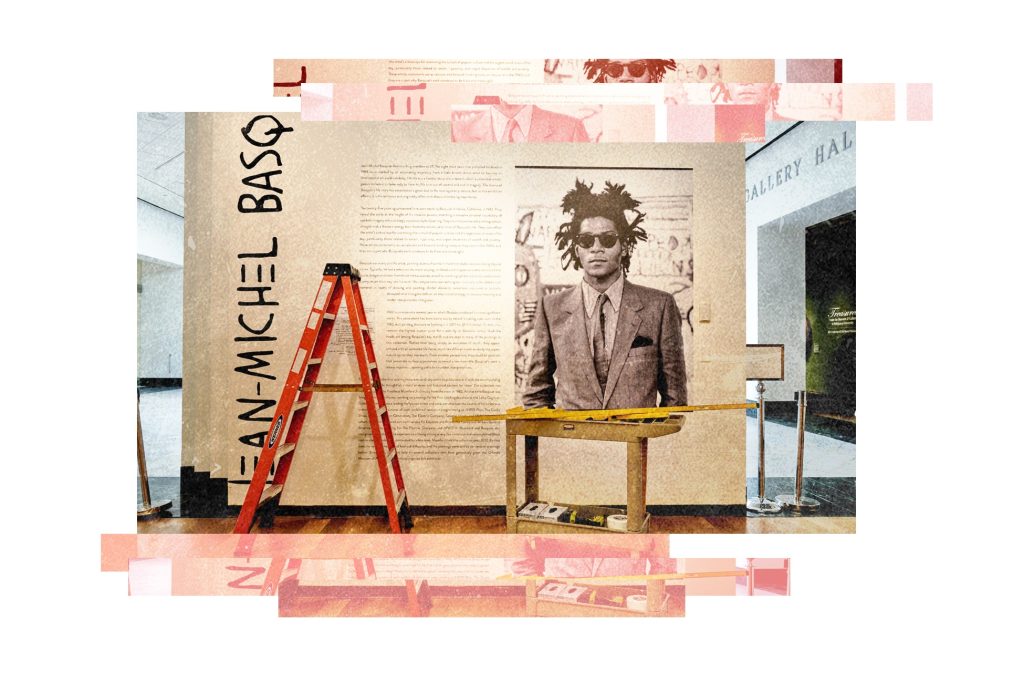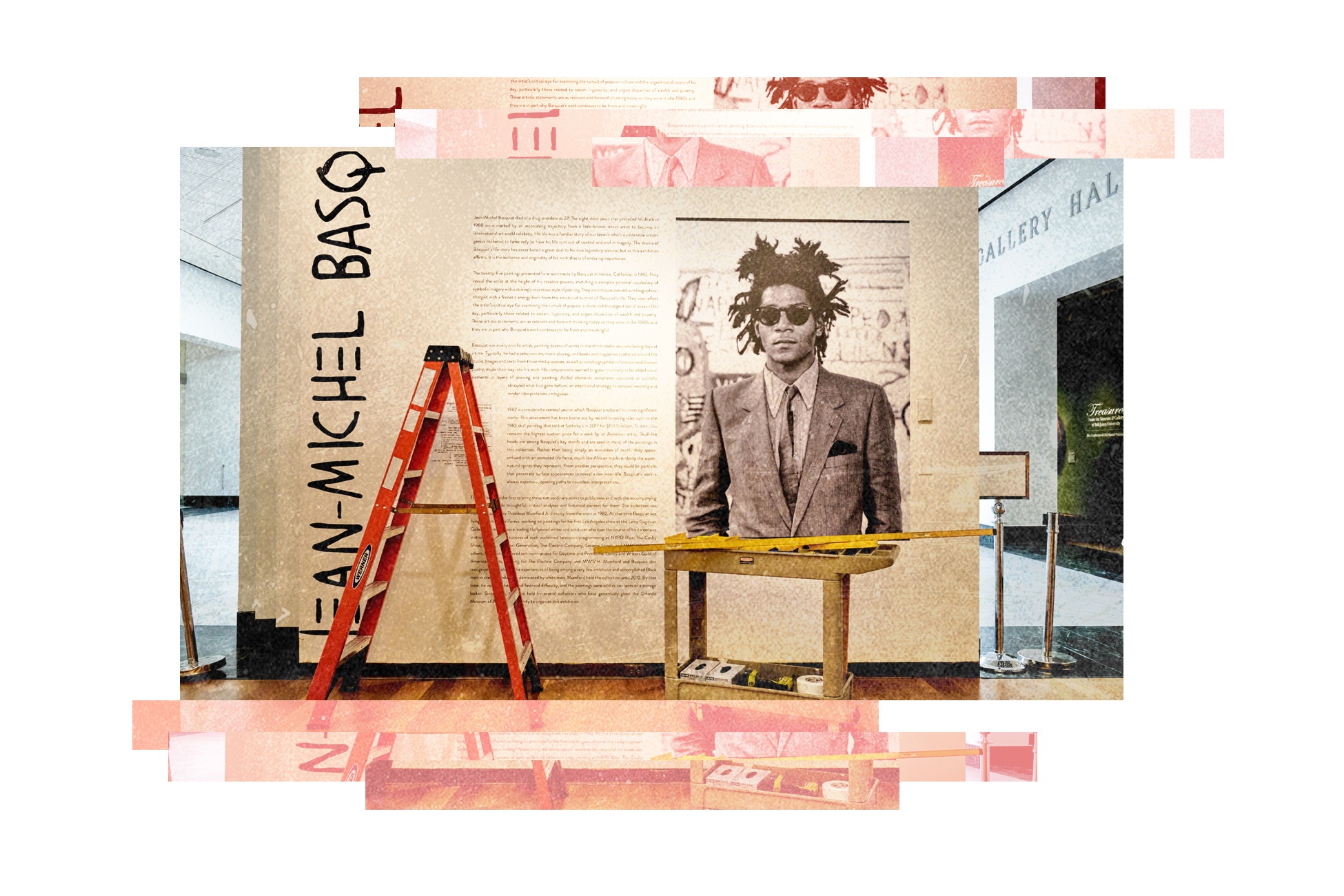
Experts Fooled by a Series of Forged Van Gogh Paintings

**Forgery in the Art World: Questions Surrounding Van Gogh Masterpieces**
The art world was recently shaken by the revelation that three paintings previously believed to be the work of the legendary Vincent van Gogh were, in fact, forgeries. These discoveries, made by experts at the Van Gogh Museum in Amsterdam, raise fascinating questions about authenticity, provenance, and the vulnerability of even the most esteemed institutions to deception.
The three works in question—*Head of a Woman*, *Interior of a Restaurant*, and *Wood Gatherers*—initially passed through the hands of private collectors, auction houses, and even the Van Gogh Museum itself before their inauthenticity was uncovered. Perhaps most shocking was *Head of a Woman*, sold for nearly $1 million by Christie’s in 2011, after being authenticated by the very same museum.
Now, a report in the prestigious British art journal *Burlington Magazine* sheds light on exactly how such forgeries remained undetected for years. Released in October, the article, authored by Teio Meedendorp, Louis van Tilborgh, and Saskia van Oudheusden, meticulously traces the journey of these paintings and the forensic work behind unmasking them. What transpires is not just a revelation of technical sleights of hand but also a commentary on the fragility of the art marketplace.
### The Fateful Case of *Head of a Woman*
Of the three disputed works, *Head of a Woman* is perhaps the most highly scrutinized. Initially believed to have been created between 1902 and 1909, this painting fooled even museum experts during a 2010 technical study. The painting passed X-rays and microscopic examinations that found the palette and paint application technique “consistent” with Van Gogh’s style. These superficial tests validated its supposed authenticity, leading to its sale at the prestigious Christie’s auction house in London in 2011.
However, certain irregularities, particularly in the depiction of the subject’s facial features, nagged conservators. A closer look at the detailed strokes near the subject’s mouth and eyebrows raised concerns even in 2010, though they were attributed at the time to later restorative work. These ambiguities were later compounded by the painting’s elusive provenance, which largely disappeared from records after 1945, before reappearing in the hands of the private collector Gerbrand Visser.
The question of the work’s authenticity came to a head in 2019, when a French family brought a strikingly similar portrait, *Head of a Woman with a Green Bonnet* (dated 1885), to the Van Gogh Museum. Given the artist’s tendency not to replicate his works during his time in Nuenen, experts now had a solid red flag. A comparative study conducted in 2022 revealed that the canvas for *Head of a Woman with a Green Bonnet* originated from the same roll as several other confirmed Van Gogh works. Notably absent from the pigments used in the *Head of a Woman* forgery were crucial colors—Naples yellow and vermillion—that Van Gogh often utilized during this period.
### Copies or Deliberate Forgeries?
The recent *Burlington Magazine* investigation concluded that *Head of a Woman* was likely crafted by a skilled copyist sometime between 1902 and 1909. The copyist’s intent remains ambiguous. Were they merely creating an innocent replica, or did they knowingly deceive collectors and institutions by passing off the work as an original?
While the report speculates that *Head of a Woman* may not have been borne of “fraudulent intent,” intention is less clear in the case of *Interior of a Restaurant*, another painting thought to be completed by Van Gogh in 1888. The presence of a blue pigment not patented until 1935 suggests that *Interior of a Restaurant* was more likely a deliberate forgery. The work surfaced at the Van Gogh Museum in 2021, and despite a 1957 certificate of authenticity provided by a respected art historian, Jacob Baart de la Faille, specialists deemed it a forgery based on its broad and sketchy brushwork—again, a departure from Van Gogh’s typical technique.
What made *Interior of a Restaurant* even more suspicious was the inclusion of sunflowers in the painting, a departure from the original reference work housed in a private collection. The addition of these flowers—a known Van Gogh motif—appeared more like an attempt to increase the work’s marketability, further supporting the notion that it was indeed a forgery intended to deceive.
### The Curious Case of *Wood Gatherers*
The final painting tackled in the report, *Wood Gatherers* (c. 1904–1912), was initially thought to be a copy of *Wood Gatherers in the Snow* (1884) by Van Gogh. Held in a Rotterdam gallery, this watercolor was also eventually exposed as inauthentic when it was